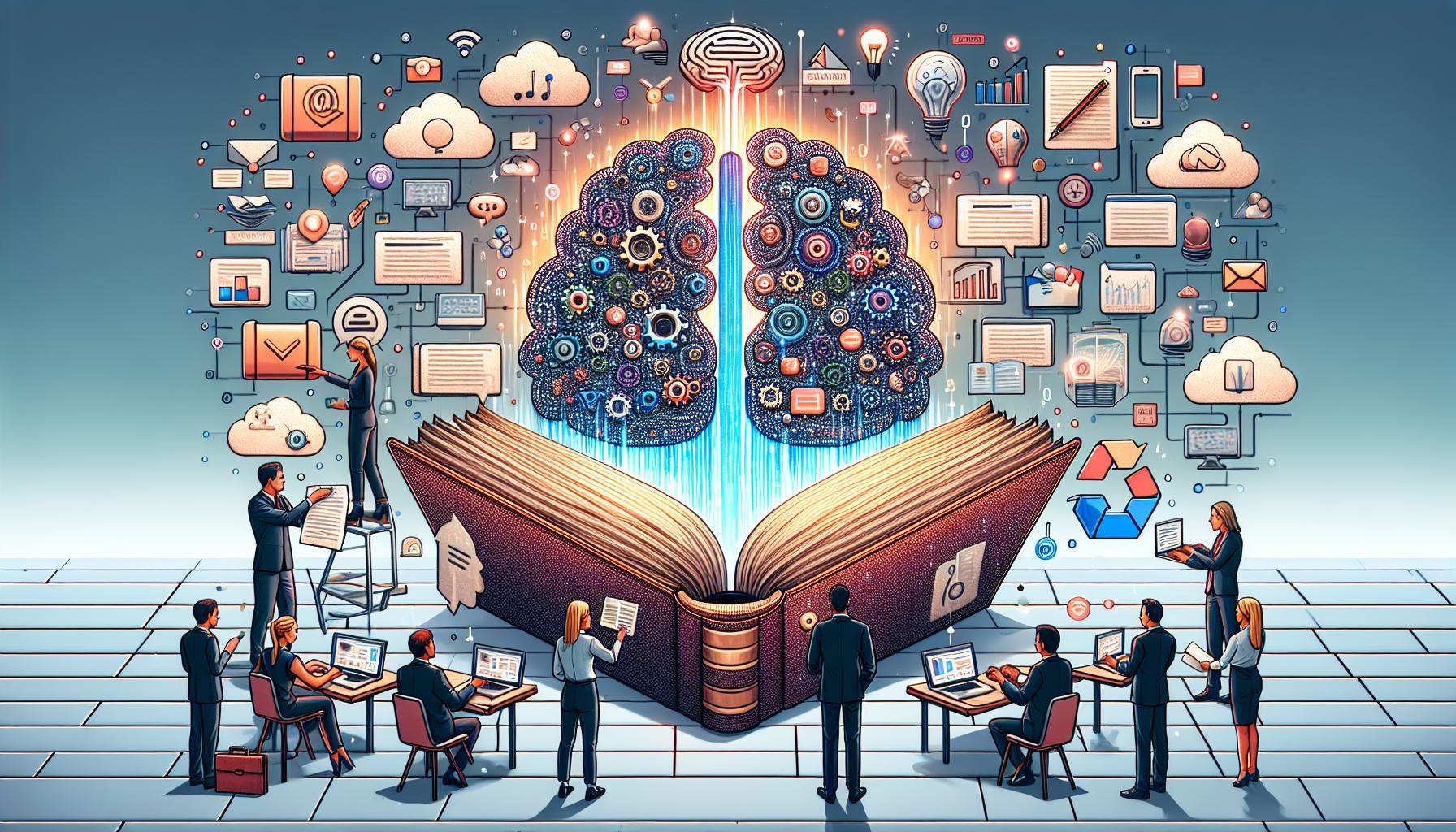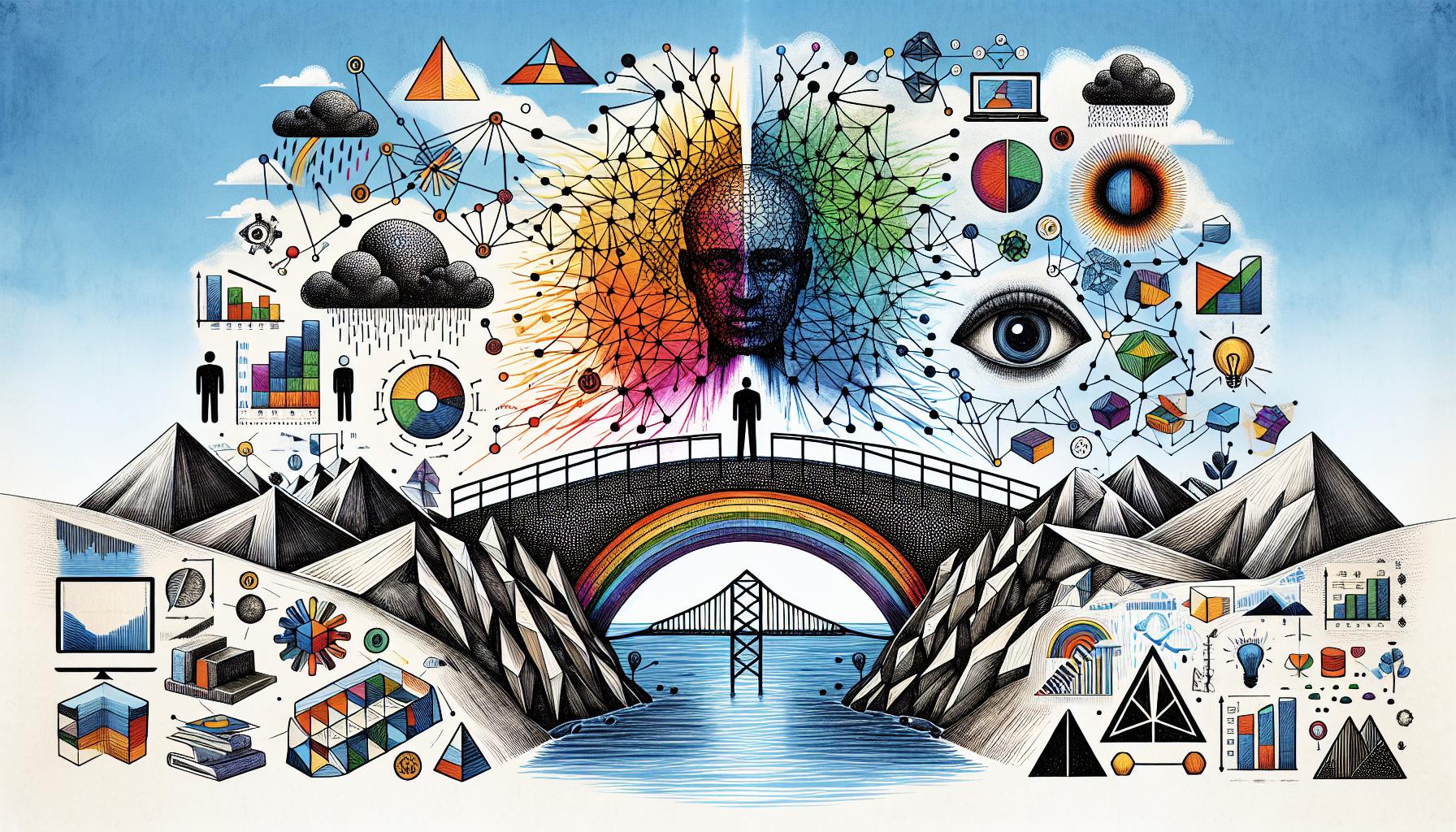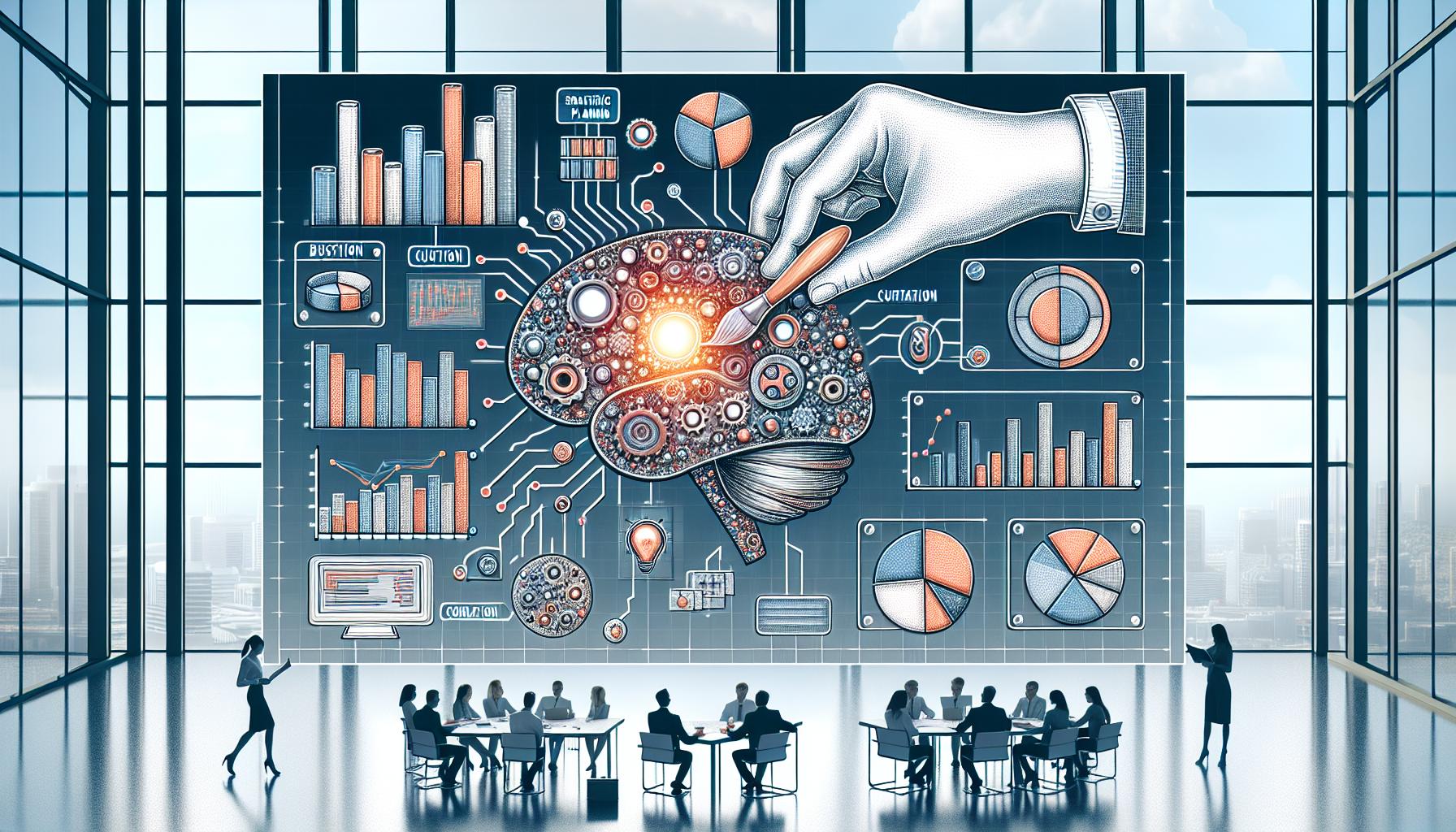Standardizing Data Formats for AI Integration: Challenges and Solutions

Introduction
The integration of Artificial Intelligence (AI) in business processes is no longer the future; it's the present. However, a fundamental challenge remains in the standardization of data formats to fully harness AI's potential. Business leaders and IT professionals must navigate through technical complexities and organizational resistance to create a cohesive environment for AI. This article explores these challenges and offers robust solutions, including insights from companies who have excelled in this transformation.
The Necessity of Standardizing Data Formats
For A.I. systems to function optimally, they require structured, high-quality data. The disparate nature of data formats across different systems can lead to inefficiencies and errors in A.I. implementations. Standardizing data formats helps in creating a unified data ecosystem that significantly enhances the efficiency and accuracy of A.I. applications.
Technical Challenges in Standardization
One of the primary hurdles in standardizing data formats is the technical complexity involved in transforming existing data systems. Legacy systems often operate on entirely different data structures, which makes integration with modern A.I. solutions a daunting task. Additionally, the continuous evolution in A.I. technologies demands agile and adaptable data frameworks that can synchronize with emerging A.I. trends.
Overcoming Organizational Resistance
Resistance to change is a natural human inclination, and it manifests strongly in organizational settings, especially when it involves significant shifts like data standardization. Business leaders need to cultivate a culture that embraces change by demonstrating the long-term benefits of A.I. integration, such as heightened efficiency and competitive advantages.
Practical Solutions for Effective Integration
To navigate these challenges, businesses can consider several practical solutions such as investing in middleware technologies that aid in data transformation and compatibility. Implementing comprehensive training programs for IT staff and fostering strong leadership to steer the change are also crucial.
Case Examples
Several forward-thinking companies have successfully implemented data standardization to facilitate A.I. integration. These case studies not only provide a proof of concept but also showcase the tangible benefits and methodologies that other organizations can emulate.




